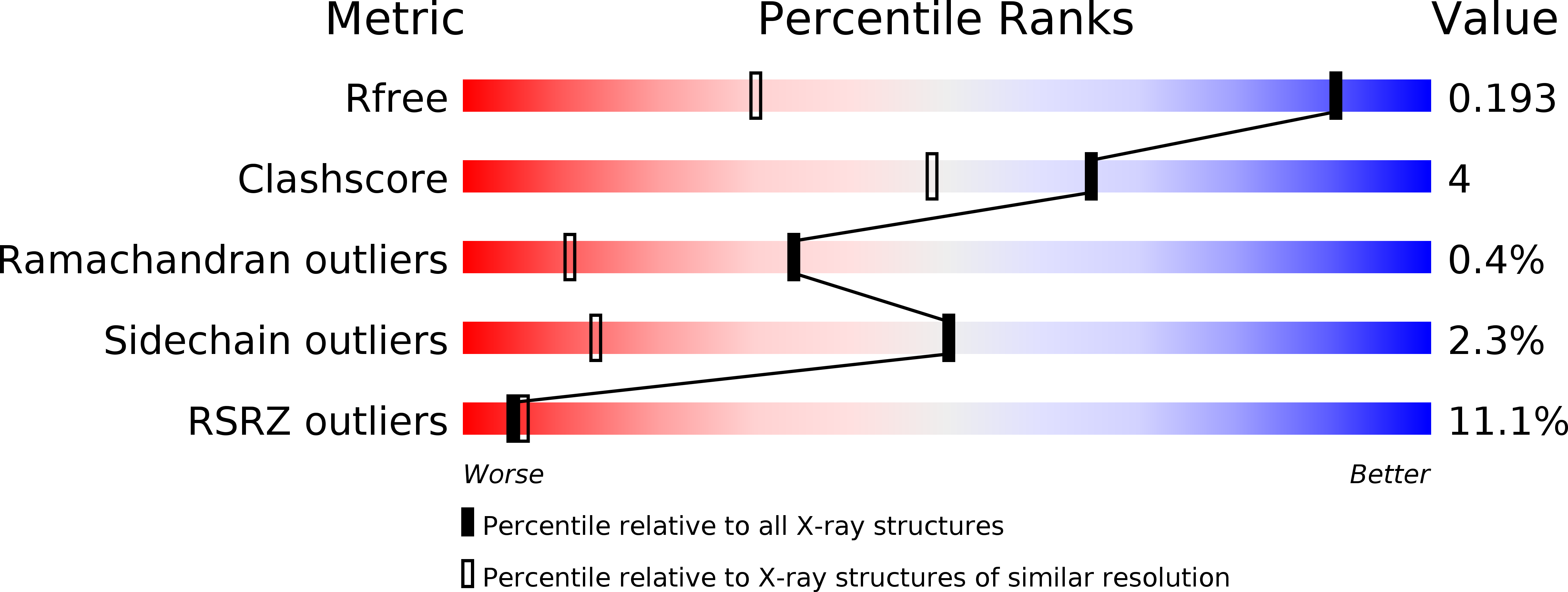
Deposition Date
2005-12-05
Release Date
2006-04-18
Last Version Date
2024-11-13
Entry Detail
PDB ID:
2F91
Keywords:
Title:
1.2A resolution structure of a crayfish trypsin complexed with a peptide inhibitor, SGTI
Biological Source:
Source Organism:
(Taxon ID: )Pontastacus leptodactylus (Taxon ID: 6717)
Method Details:
Experimental Method:
Resolution:
1.20 Å
R-Value Free:
0.18
Space Group:
P 21 21 21


